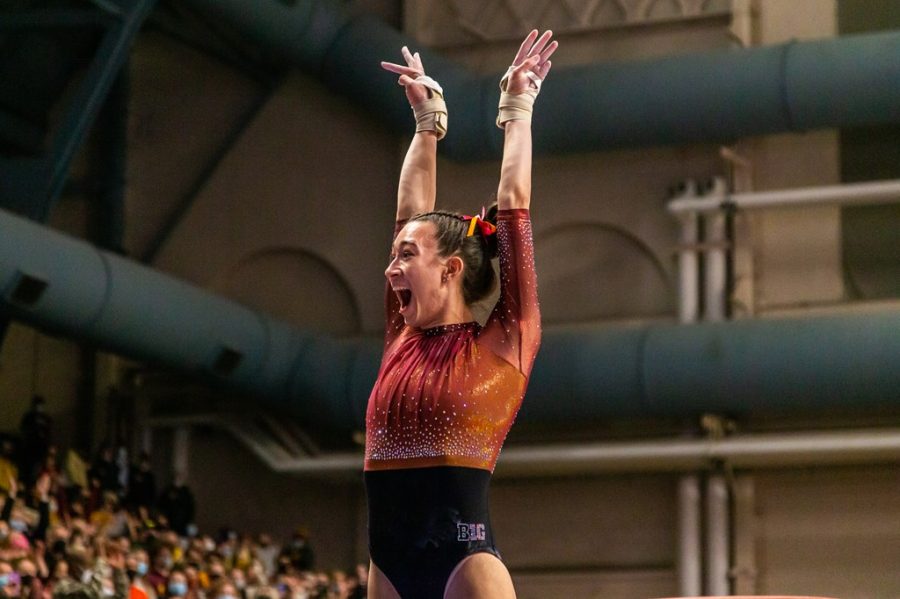Fearful of bugs? Rest assured, you are not walking into your own personal nightmare. With interactive activities, fascinating facts and magnificent 3D renderings, the Bell Museum’s latest exhibit has plenty to offer for even the biggest entomophobe.
Running now through Sept. 14, Bugs: Outside the Box brings the insect world to a larger-than-life size. The exhibition presents a selection of enlarged bug sculptures that allow a close look at insects’ unique architecture and body parts.
Though there are insects featured throughout the Bell Museums permanent galleries, this is the first exhibition that has been fully devoted to the science of bugs.
If a critter crawls on your skin or you find a spider in the corner of your apartment, you might meet the insect with a bit of disgust, or even fear. But Gallery Programs Coordinator Heather Cummins explained that the little bugs around us require less fear and more understanding.
“Not only are insects beautiful, but they make the world work,” Cummins said. “They make up 75-80% of the diversity of life on the planet and, within that diversity, they do a lot of the dirty work of keeping our planet clean and habitable. They are a truly essential part of living on this planet, and learning about them helps better inform us so we can continue to improve the ways we care for the Earth.”
Now as you walk in the Bell Museum one of the first things you see across the lobby is an enormous moth at the exhibit entrance, greeting visitors. The colossal bug models were crafted by Italian artist Lorenzo Possenti. Carved and painted by hand, Possenti took immense care in creating these sculptures and each one remains a unique work of art.
Director of Public Engagement and Science Learning at the Bell Museum Dr. Holly Menninger shared how, as a temporary rented installment, “Bugs: Outside the Box” was chosen for exhibition, not only for its unique appeal for visitors, but also its safety in light of COVID-19.
“We wanted something that would be visually exciting and interesting and that would wow our audiences, but didn’t have a lot of things that people would touch or interact with,” Menninger said. “This exhibit was really attractive because we created an opportunity to invite our visitors to really look closely at insects, observe their body parts, their wonderful architecture and color — to look at things from a new perspective.”
Organizers at the Bell Museum hope that visitors will be inspired to get outside and explore the world of insects both at the museum and at home. The exhibit’s “Learning Landscape” section offers the chance for visitors to observe insects in action and engage with a plethora of unique species. Several of these exhibit activities are also available on the Bell Museum website for access anytime.
In addition to these activities, the museum is hosting a number of virtual programs lined up for the summer. From Bugs Trivia Night to Be a Pest Detective and Helping Insects Build Their Homes, there are plenty of interactive events to get involved in.
Associate Director of Public Engagement and Science Learning Jennifer Stampe hopes that visitors leave the exhibit with a new or renewed appreciation and respect for the world of insects.
“This exhibit and the associated activities give visitors a chance to move from art to science to direct observation of nature,” Stampe said. “The one big takeaway is that the natural world is fascinating and beautiful and vast, and we can learn so much about it when we slow down and take the time to observe what we find around us.”
Correction: A previous version of this story misstated the cost of admission to the exhibit.












